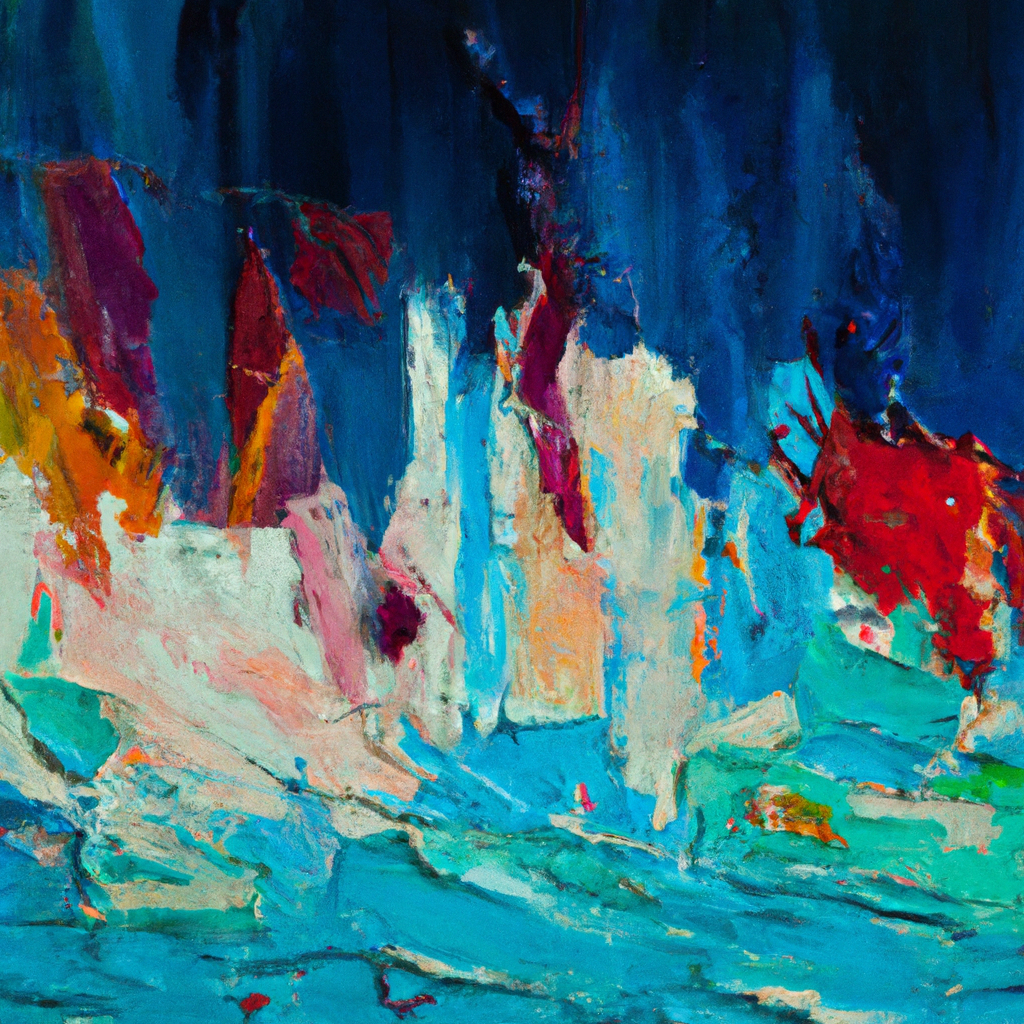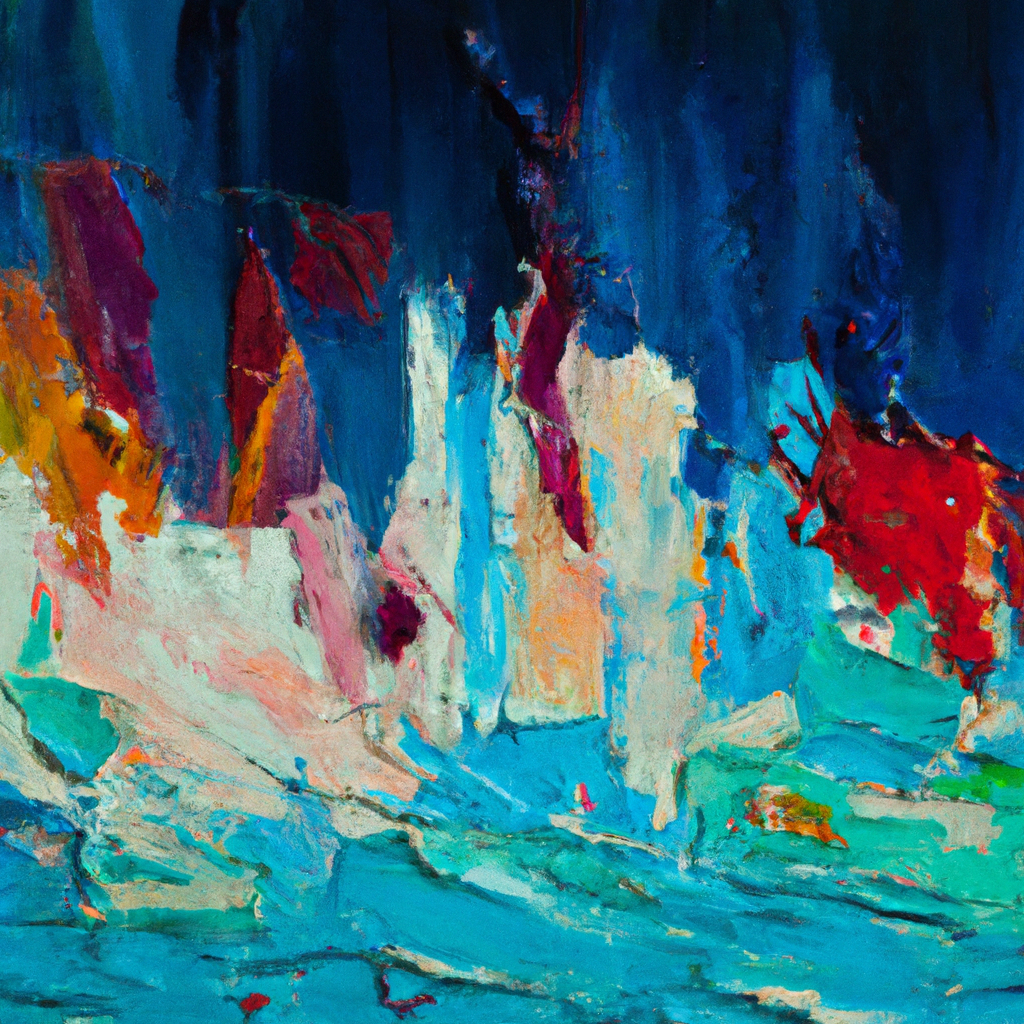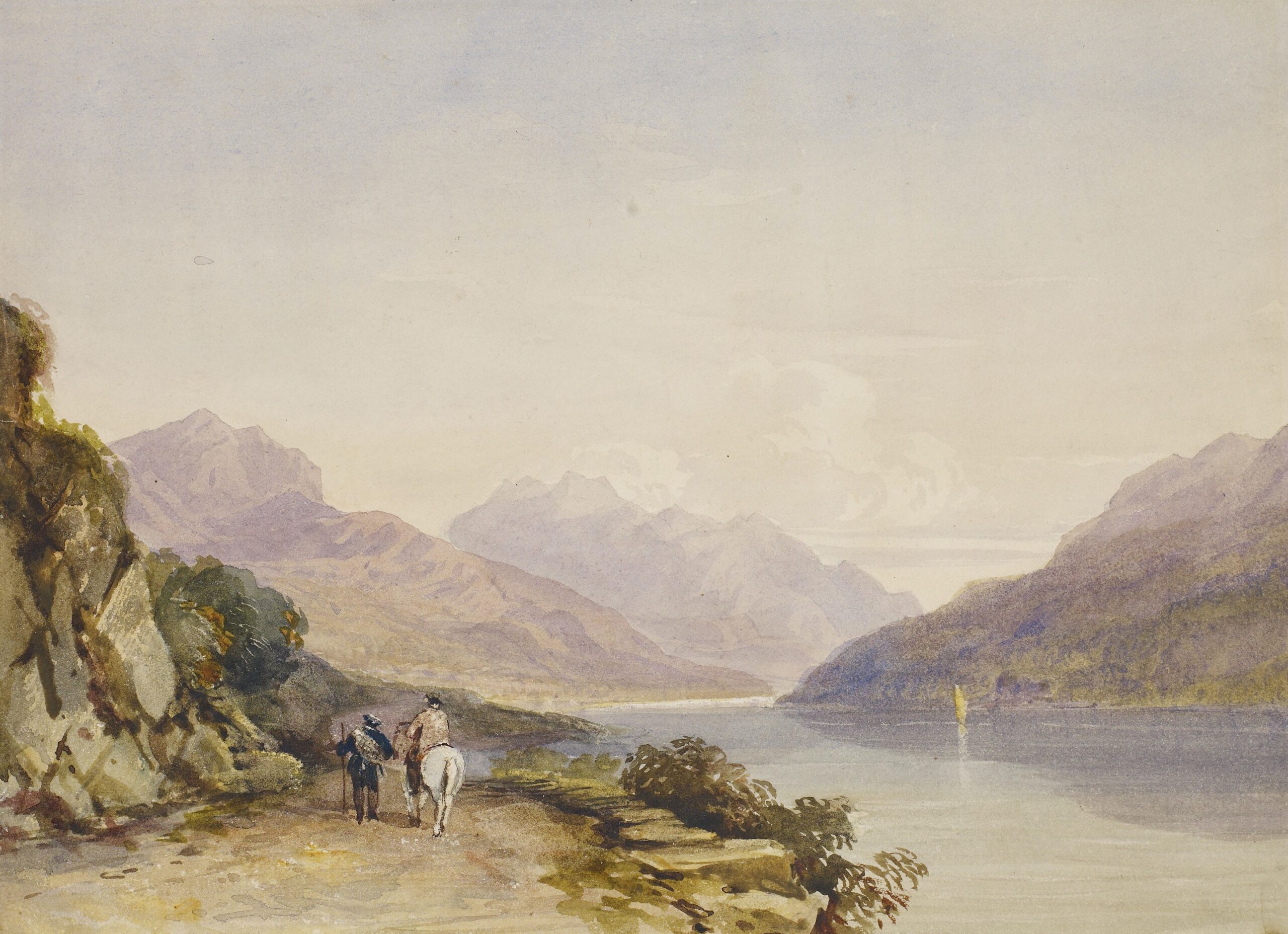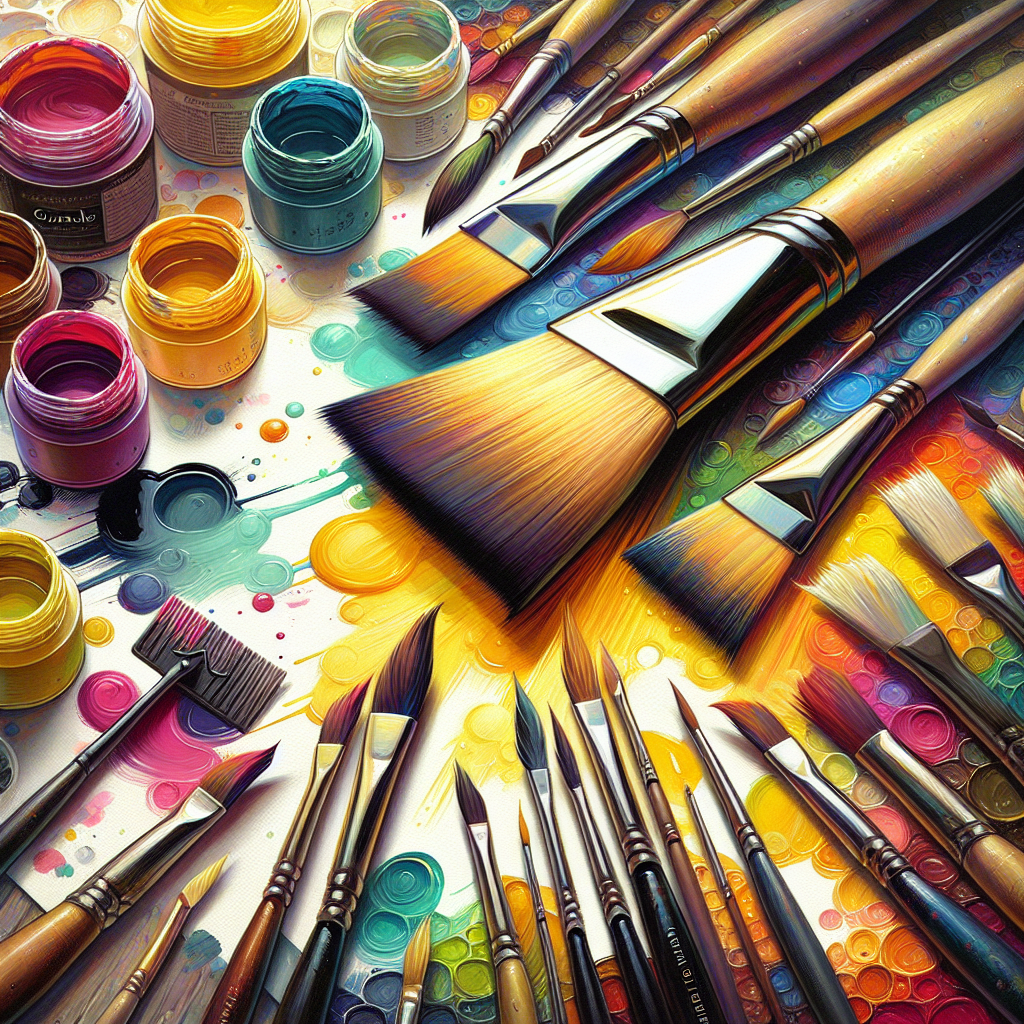In the world of art, creativity knows no bounds. As an artist, you constantly strive to express your imagination and emotions through different mediums. Gouache, with its vibrant colors and versatility, has become a favorite among many artists. However, it can be disheartening to witness your carefully crafted gouache paintings start to crack over time. This article seeks to explore the underlying causes of this issue and offer practical solutions to prevent your gouache paint from cracking, ensuring the longevity of your artwork.

This image is property of images.unsplash.com.
Introduction
What is gouache paint?
Gouache paint is a type of watercolor paint that is composed of pigments, a binder, and an opaque white pigment called a “chalk.” It is known for its vibrant and opaque appearance, making it a popular choice among artists for various applications. Gouache paint can be reactivated with water even after it has dried, allowing for layering and easy corrections. It offers a unique blend of characteristics from both acrylic and watercolor paints.
Why is gouache paint popular?
Gouache paint has gained popularity among artists for several reasons. Firstly, it provides vibrant and opaque colors, which allows for striking artworks with bold and rich tones. Additionally, gouache paint can be easily manipulated and corrected, making it suitable for both beginners and experienced artists. Its versatility and ability to blend smoothly make it ideal for artists working on a wide range of projects, including illustrations, graphic designs, and even fine art paintings.
What causes gouache paint to crack?
Cracking in gouache paint occurs when the paint film loses its flexibility, resulting in the formation of fine lines or fissures on the surface of the artwork. Several factors can contribute to this issue, including the quality of the paint itself, improper surface preparation, painting techniques, environmental factors, drying time, paint application, support movement, and the use of fixatives and varnishes. Understanding these factors is crucial in preventing and addressing cracking in gouache paintings.
Quality of Gouache Paint
Use of low-quality paint
Using low-quality gouache paint can increase the chances of cracking. Inferior paints often contain lower concentrations of binders and pigments, resulting in a less cohesive paint film that is prone to cracking. Investing in high-quality gouache paint from reputable brands can significantly reduce the risk of cracking and ensure the longevity of your artwork.
Expired or improperly stored paint
Expired or improperly stored gouache paint can also lead to cracking. Over time, paint can deteriorate, causing changes in its consistency and adhesion properties. Additionally, Exposure to extreme temperatures or fluctuations in temperature and humidity can negatively impact the quality of the paint. It is important to check the expiration dates and store gouache paint in a cool, dry place to maintain its integrity.
Surface Preparation
Inadequate priming
Inadequate priming or the lack of a suitable primer can contribute to cracking in gouache paintings. Priming serves as a foundation that promotes paint adhesion and prevents moisture from penetrating the support. Without proper priming, the gouache paint may not adhere uniformly, leading to cracking as the paint film dries and contracts. Applying a suitable primer, such as acrylic gesso, ensures a smooth and stable surface for the gouache paint.
Improper surface preparation
Failure to properly prepare the surface before painting can also cause cracking in gouache artworks. Inconsistent or uneven surfaces, such as rough or untreated canvas, can affect the way the paint adheres and dries. It is crucial to properly clean and prime the surface, ensuring that it is smooth, free from dust and debris, and adequately prepared to receive the gouache paint.
Painting Techniques
Applying paint too thickly
Applying gouache paint too thickly can contribute to cracking, especially when multiple layers are added without allowing sufficient drying time between each layer. Thick layers of paint take longer to dry, and if subsequent layers are applied before the previous ones have dried completely, the underlying layers may not have enough time to expand and contract. This can result in tension and cracking in the paint film.
Adding too much water
Adding excessive amounts of water to gouache paint can weaken the binder and reduce the paint’s adhesive properties. When the paint film becomes too diluted, it can become more susceptible to cracking as it dries. It is important to maintain a proper balance between water and paint to ensure the integrity of the paint film and minimize the risk of cracking.
Applying multiple layers before the previous one dries completely
Applying multiple layers of gouache paint without allowing each layer to dry completely can create tension within the paint film, leading to cracking. Each layer needs sufficient drying time to contract and bond with the previous layer. Rushing the painting process and applying subsequent layers prematurely can compromise the overall stability of the artwork.

This image is property of images.unsplash.com.
Environmental Factors
Dry environment
A dry environment can cause gouache paint to dry too quickly, leading to increased shrinkage and potential cracking. Low humidity levels can accelerate the evaporation of water from the paint, causing the paint film to contract rapidly. It is essential to control the painting environment and consider using a humidifier or misting the air to maintain proper humidity levels and prevent rapid drying.
Humid environment
On the other hand, a highly humid environment can also affect the drying process of gouache paint. Excessive moisture in the air can slow down the drying time, prolonging the tension between layers and increasing the risk of cracking. Adequate ventilation and controlling the humidity levels in the painting area can help mitigate potential issues caused by a humid environment.
Drying Time
Inadequate drying time
Insufficient drying time between layers or before varnishing can result in cracking in gouache paintings. Proper drying time allows the paint film to go through the necessary contraction and bonding, ensuring stability and minimizing the risk of cracking. Rushing the drying process can compromise the structural integrity of the artwork, leading to visible cracks over time.
Insufficient ventilation during drying
Inadequate ventilation during the drying process can also contribute to cracking in gouache paintings. Poor airflow can lead to moisture buildup, prolonging the drying time and creating an environment conducive to cracking. Ensuring proper ventilation through open windows, using fans, or using a dehumidifier can help expedite the drying process and reduce the chances of cracking.

This image is property of images.unsplash.com.
Paint Application
Using a palette knife incorrectly
Using a palette knife incorrectly can negatively impact the paint application and increase the risk of cracking. Applying excessive pressure or using a palette knife with sharp edges can cause unintended texture and tension in the paint film, leading to visible cracks. It is crucial to use a palette knife gently, avoiding excessive force and ensuring a smooth application.
Using a brush with stiff bristles
Using a brush with stiff bristles can also contribute to cracking in gouache paintings. Stiff brushes can create uneven pressure during application, resulting in an inconsistent paint film. This unevenness can lead to areas of increased tension and eventual cracking. Opting for softer brushes that allow for smoother and more controlled application can help reduce the risk of cracking.
Applying paint unevenly
Unevenly applying gouache paint can also lead to cracking. Inconsistent paint thickness across the artwork can result in areas of varying contraction and expansion during the drying process, causing tension and potential cracking. It is essential to apply the paint evenly and with consistent thickness to ensure the stability and integrity of the paint film.
Support Movement
Flexible supports
Using flexible supports, such as stretched canvas or canvas boards, can contribute to cracking in gouache paintings. These supports have a certain degree of natural flexibility, and as the paint film dries and contracts, it can cause tension between the support and the paint, leading to cracking. Strengthening the support or using rigid surfaces can help minimize the movement and potential cracking.
Loose canvas
Loose or improperly stretched canvas can also contribute to cracking as the support moves and shifts during the painting process or as the artwork ages. It is important to ensure proper stretching and securing of the canvas to maintain stability and minimize the risk of cracking. Strengthening the support or opting for rigid surfaces can provide additional support and reduce the movement that could lead to cracking.

Fixatives and Varnishes
Using improper fixatives
Using improper fixatives to protect gouache paintings can result in cracking. Some fixatives, particularly those not specifically formulated for gouache, may react negatively with the paint, causing the paint film to become brittle and prone to cracking. It is crucial to use fixatives that are compatible with gouache paint and follow the manufacturer’s instructions to ensure the best results and minimize the risk of cracking.
Applying varnish too soon
Applying varnish too soon after completing a gouache painting can increase the chances of cracking. Gouache paint needs adequate drying time before applying a varnish to allow the paint film to fully bond and stabilize. Applying varnish prematurely can disrupt the drying process and create tension within the paint film, leading to visible cracks. It is essential to wait until the paint is completely dry before applying any varnish.
Storing Gouache Paintings
Improper storage conditions
Improper storage conditions can contribute to the cracking of gouache paintings over time. Exposure to excessive heat, direct sunlight, or extreme temperature fluctuations can cause the paint film to expand and contract unevenly, resulting in cracking. It is important to store gouache paintings in a cool and dry environment, away from direct sunlight and extreme temperature changes, to maintain their integrity and prevent cracking.
Exposure to extreme temperatures
Extreme temperatures, both hot and cold, can also impact the stability of gouache paintings and lead to cracking. High temperatures can cause the paint film to soften, while low temperatures can make it brittle. Rapid shifts in temperature can cause the paint film to expand or contract abruptly, increasing the risk of cracking. It is crucial to protect gouache paintings from extreme temperature conditions to preserve their quality and prevent cracking.
In conclusion, several factors can contribute to the cracking of gouache paint, including the quality of the paint, surface preparation, painting techniques, environmental factors, drying time, paint application, support movement, and the use of fixatives and varnishes. By understanding these factors and implementing proper measures, artists can minimize the risk of cracking and ensure the longevity and stability of their gouache paintings.




